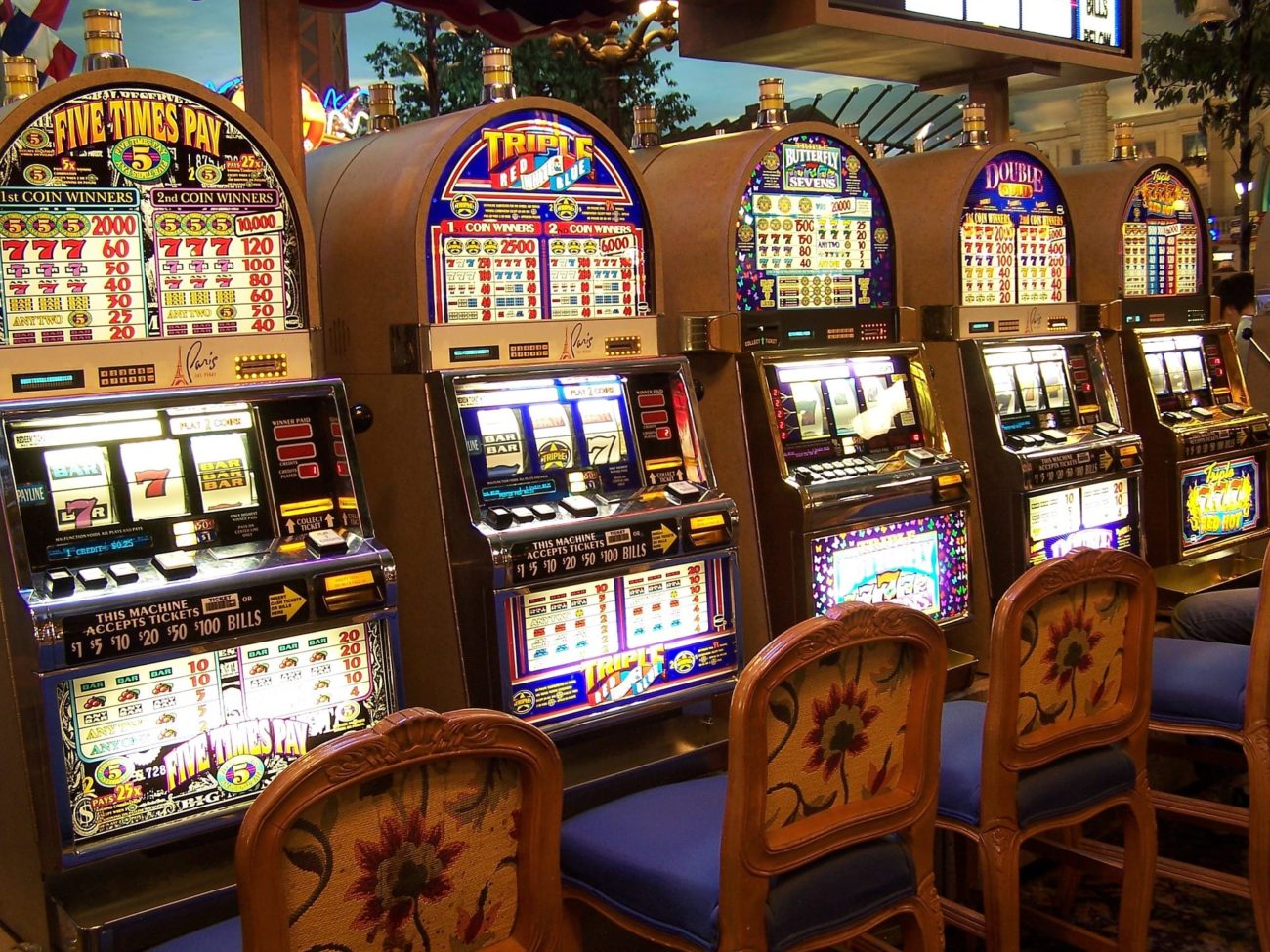Latest Updates
Featured Posts
Get in Touch
123 Innovation Street
Tech District, CA 94105
[email protected]
+1 (234) 567-890
The fascinating Psychology That drives Casino Game Development

Casino games have long captivated human interest, drawing participants into a realm filled with fortune, strategy, and the allure of thrill. Each experience is carefully crafted not just for entertainment, but also to elicit specific emotional responses that keep gamblers immersed and interested. Understanding the reasons behind these designs reveals much about how psychology plays a key role in the gaming experience. F8bet
From the vivid lights and dynamic sounds to the sophisticated layering of rules and rewards, casino games are designed to create an atmosphere of thrill and eagerness. Game designers leverage mental cues to influence participant behavior, whether through the use of winning opportunities, near-miss scenarios, or social interactivity. By examining these elements, we can better appreciate how casino games fulfill not just a desire for entertainment, but more profound psychological needs for adventure and uncertainty.
Understanding Player Behavior
Casino games are designed with a deep understanding of gamer psychology, which is crucial for luring and retaining players. The thrill of the game, coupled with the expectation of winning, creates a powerful allure. Game designers employ elements like sound effects, vibrant graphics, and engaging gameplay to seize attention and generate emotional responses. These sensory effects enhance the immersive experience, making players feel more involved in the game.
Another important aspect of player behavior is the concept of risk and reward. Casino games often balance high-stakes situations with the potential for substantial rewards, which can result in the event known as near-miss experience. When players come close to winning, the brain releases dopamine, reinforcing their behavior and motivating them to continue playing in pursuit of that hard-to-reach win. This cycle of wish and letdown plays a critical role in how games are constructed and advertised.
Lastly, social elements also play a central role in player behavior at casinos. Many games are designed to be played in pairs or with other players, nurturing a sense of belonging and collective experience. The community engagement inherent in games like blackjack enhances enjoyment and can result in prolonged gaming periods. Designers capitalize on this by designing environments that prompt players to linger, interact, and revisit, making the overall casino experience more attractive.
The Role of Imagery and Audio
Imagery and audio play a vital role in improving the gambler’s experience within casino games. Designers utilize vibrant colors, eye-catching graphics, and captivating animations to attract players' attention and maintain their interest. The use of themes, such as exploration or luxury, helps create an immersive atmosphere that takes players into another world. By appealing to the senses, these elements add to a intensified emotional response, encouraging players to engage more deeply with the games.
Sound design is equally important in reinforcing the experience of gambling games. The combination of background music, audio effects for winning combinations, and ambient noises creates an sound landscape that holds players fascinated. Audio cues associated with wins, such as chiming bells or celebratory music, evoke feelings of thrill and reward, encouraging players to keep playing. These sound cues are carefully placed to enhance the excitement of the game and create a more immersive experience.
Additionally, the alignment of visuals and sound is essential for supporting the game's overall concept and mood. Each element should align seamlessly to create a cohesive experience that draws players in. The effective use of this synergy not only enhances user satisfaction but also boosts the likelihood of repeat play, as players become more invested in the captivating world that the gambling games offer. This thoughtful integration of imagery and sound ultimately enhances player involvement and commitment.
Incentive Structures and Engagement
The development of casino experiences significantly depends on reward structures to keep players involved and coming back for more. These systems are rooted in behavioral principles that exploit human behavior and motivation. Participants are often motivated by the thrill of winning, which is supported by instant responses through the game's design. This instant gratification not only improves the overall experience but also cultivates a feeling of achievement, prompting players to keep participating in hopes of greater rewards.
Casinos adopt various incentive systems, including jackpots, bonuses, and increased rewards, to captivate participants. These features create a layer of excitement that sustains interest. Additionally, the unpredictability of results plays a crucial role in keeping attention. The variable reward system, where wins are unpredictable but happen often enough, keeps players on edge and motivated to keep playing. This loop of hope and expectation is foundational to the success of casino games.
Furthermore, social elements, such as tournaments and multiplayer features, enhance the engagement factor by leveraging the competitive nature of participants. The communal aspect of gaming with others can amplify the excitement of winning and create a sense of community within the casino. By integrating these social dynamics with effective reward systems, gambling experiences don’t just offer entertainment but also nurture a stronger bond among players, solidifying their commitment to the overall experience.
